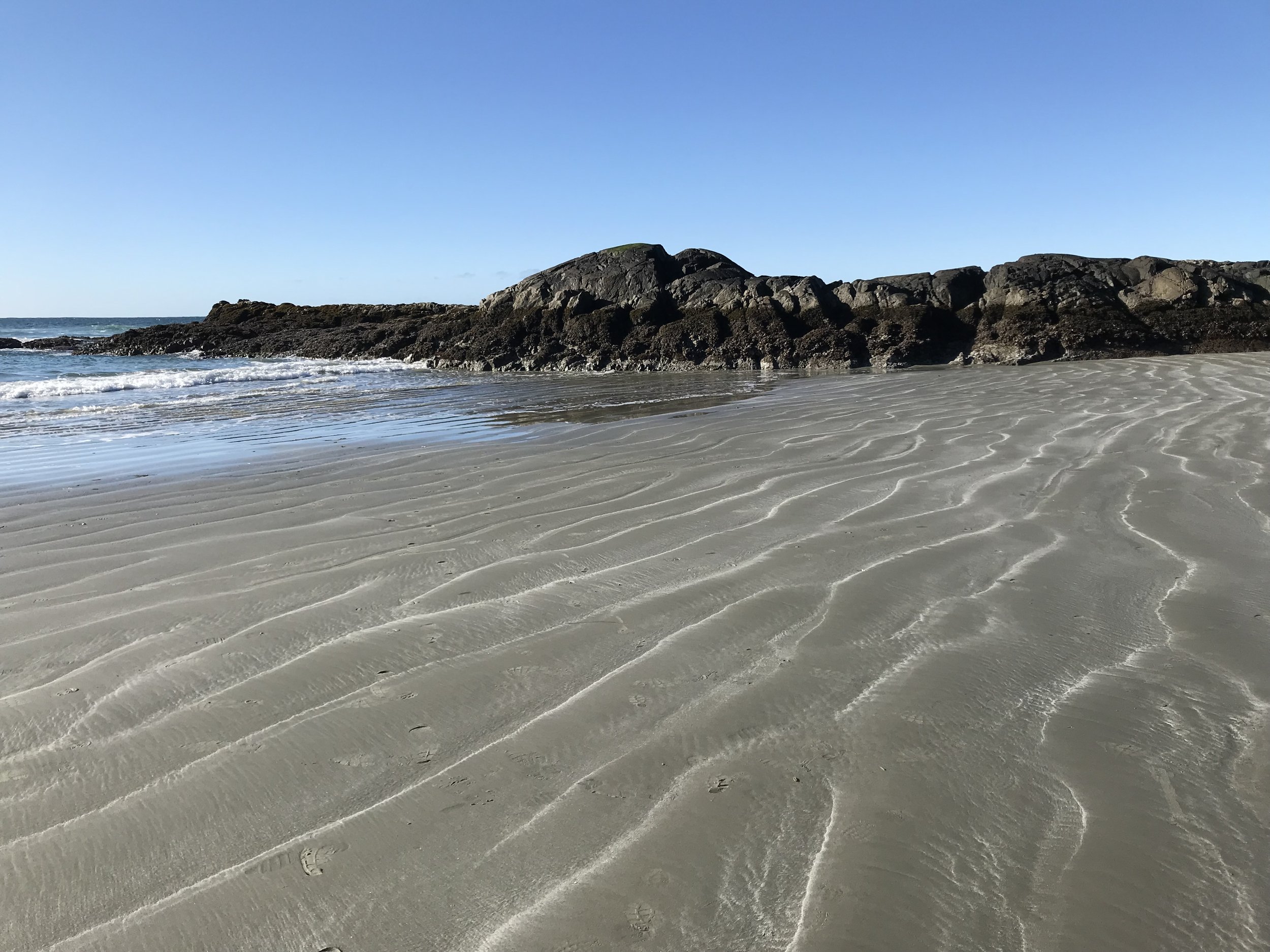
Writing With a Broken Tusk
Writing With a Broken Tusk began in 2006 as a blog about overlapping geographies, personal and real-world, and writing books for children. The blog name refers to the mythical pact made between the poet Vyaasa and the Hindu elephant headed god Ganesha who was his scribe during the composition of the Mahabharata. It also refers to my second published book, edited by the generous and brilliant Diantha Thorpe of Linnet Books/The Shoe String Press, published in 1996, acquired and republished by August House and still miraculously in print.
Since March, writer and former student Jen Breach has helped me manage guest posts and Process Talk pieces on this blog. They have lined up and conducted author/illustrator interviews and invited and coordinated guest posts. That support has helped me get through weeks when I’ve been in edit-copyedit-proofing mode, and it’s also introduced me to writers and books I might not have found otherwise. Our overlapping interests have led to posts for which I might not have had the time or attention-span. It’s the beauty of shared circles.


Guest Post: Is Writing a Picture Book Really That Hard? by Veera Hiranandani
Veera Hiranandani writes heartbreaking, devastating, tear-spilling, and, yes, hopeful historical and contemporary novels for young readers about nuanced characters whose identities and experiences figuratively, literally, and literarily cross borders. She’s really really good at it. Her middle grade novel, The Night Diary, won a Newbery Honor. Her most recent releases are Amil and the After, the historical middle grade sequel which continues The Night Diary’s story in post-partition India; and The Greatest, a tender picture book about intergenerational family love, illustrated by Vesper Stamper (released on September 3).
For novelists, the process of writing a picture book can present its own challenges. Here are Veera’s reflections on tackling the “concentrated feel” of a picture book.
